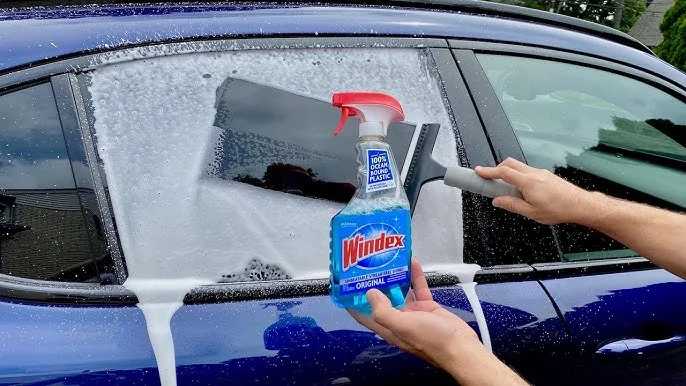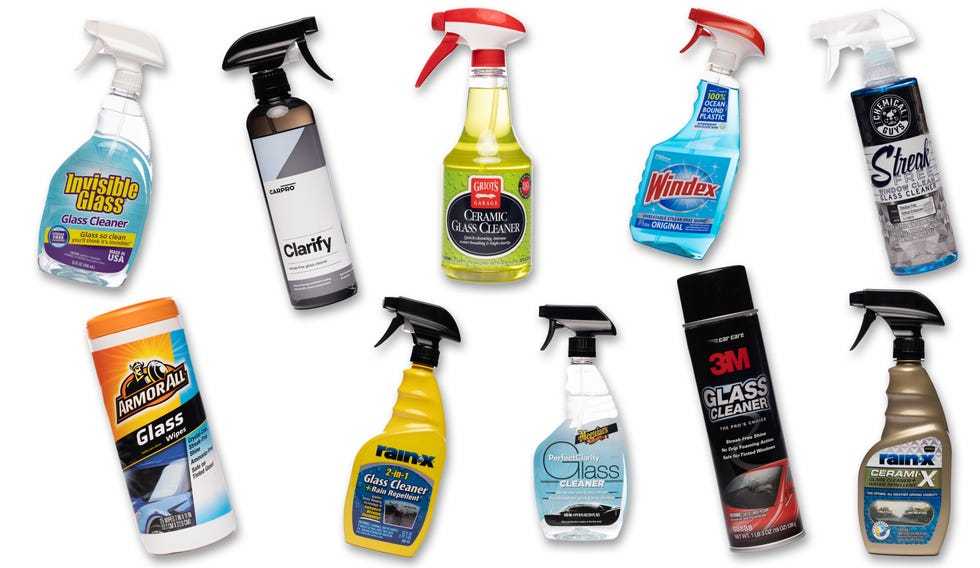The legal amount of tint on car windows varies depending on where you are, but generally, it’s about balancing your privacy with safety regulations. For most areas, the front side windows need to let in a certain percentage of light—usually between 35% and 70% VLT (visible light transmission). The back windows and rear windshield tend to have more leniency, often allowing darker tints.
In short, the best way to stay legal is to check your local laws regarding tint percentages for different windows. Most regions specify specific VLT percentages, so knowing these numbers can help you avoid fines or having your tint removed.
If you’re considering tinting your car windows, it’s important to know the legal limits to avoid penalties and ensure your vehicle remains street-legal. Tinting can enhance your privacy and keep your car cooler, but it’s crucial to follow the regulations to stay on the right side of the law. Regulations can differ significantly from place to place, with some areas allowing darker tints than others, especially on rear windows. To avoid surprises, always verify your local requirements before getting your windows tinted.
What Is the Legal Amount of Tint on Car Windows?
Understanding Window Tint Laws and Regulations
Window tinting laws vary from state to state and country to country. These laws regulate how dark your car windows can be to ensure safety and visibility for drivers and law enforcement. Knowing these rules helps avoid fines and legal issues.
Why Is Window Tinting Regulated?
Regulations exist to ensure drivers have clear visibility. Excessive tinting can hinder a driver’s ability to see outside and be seen. It also helps law enforcement identify vehicles and drivers during traffic stops.
What Does “Legal Tint” Mean?
A legal tint means the level of darkness or reflectivity on your car windows that complies with local laws. This is usually measured by the VLT percentage, which stands for Visible Light Transmission. The higher the VLT, the more light passes through the film.
How Is Tint Darkness Measured?
Tint darkness is measured using a device called a VLT meter. This tool assesses how much light passes through the tinted window. For example, a 70% VLT means 70% of light passes through, while a 30% VLT means only 30% passes through.
Legal Limits for Front Side Windows
Most regions set specific limits for the front side windows. Commonly, the law allows a **minimum of 70% VLT** on the driver’s and front passenger’s windows. Some locations permit darker tints, but many enforce strict limits for safety reasons.
Exceptions and Special Cases
Certain exemptions may apply, such as for medical reasons. Some states allow darker tints if a driver has a health condition that makes them sensitive to sunlight. Always check your local law for these specific cases.
Rear Side Windows and Back Window Regulations
Laws often permit darker tints on rear windows and the back windshield. Many regions do not specify a minimum VLT for these areas, allowing for more privacy and UV protection.
Are There Restrictions on Reflectivity?
Yes, some regions limit how reflective your window tint can be. Reflectivity measures how much light bounces off the tint. Too much reflectivity can make the vehicle more visible and cause glare, leading to safety concerns.
Color and Material Restrictions
Certain colors or types of tinting materials may not be allowed. For example, mirror-like or metallic films can interfere with GPS and radio signals. Always verify which materials are permitted in your area.
State-by-State Tint Laws Comparison Table
| State | Front Side Window | Rear Side Window | Back Window | Reflectivity Limit | Special Exceptions |
|———|————————|————————|————–|———————|———————|
| California | 70% VLT or higher | No limit | No limit | No more than 25% reflectivity | Medical exemptions allowed |
| Texas | 25% VLT | No limit | No limit | Not specified | None |
| Florida | 28% VLT | No limit | No limit | Not specified | Medical exemptions possible |
| New York | 70% VLT | No limit | No limit | No more than 30% reflectivity | Medical exemptions available |
| Illinois | 35% VLT | No limit | No limit | Limited | Medical exemptions possible |
How to Ensure Your Tint Is Within Legal Limits
To stay within legal limits, you can request a professional tinting service. They often measure the VLT before installation. It’s also helpful to keep the receipt and certification in case you need to prove compliance.
Penalties for Non-Compliance
Driving with illegal tint can lead to fines, violations, and even having your tint forcibly removed. In some cases, you might face points on your driver’s license and increased insurance premiums.
Additional Tips for Safe and Legal Window Tinting
- Always check your local regulations before tinting your windows.
- Choose reputable tinting professionals who understand your area’s laws.
- Ensure the film used is compliant and properly certified.
- Consider the climate and your driving conditions when choosing tint darkness.
Related Topics to Consider
- UV protection benefits of window tinting
- Impact of tinting on vehicle resale value
- How to maintain and care for tinted windows
- Legal process for removing or replacing window tint
Understanding the legal amount of tint on car windows helps protect drivers and ensures compliance with local laws. Always verify your area’s specific rules around VLT percentages, reflectivity, and materials. Properly tinting your windows provides safety, UV protection, and privacy without risking legal penalties. Checking regulations before tinting and consulting professionals can help you achieve the perfect balance between style and legality.
How to Choose the RIGHT Window Tint | Don't Make A Mistake
Frequently Asked Questions
What is the legal limit for tint darkness on front side windows?
The legal limit for tint darkness on front side windows varies by state or country, but most regulations specify a certain percentage of light transmission that must be allowed through the tint. Typically, the minimum required light transmission ranges from 70% to 80%, meaning that the tint can block no more than 20% to 30% of light. It is essential to check your local laws to ensure your window tint complies with the permitted levels.
Are there restrictions on tinting the rear windows of a vehicle?
Restrictions on rear window tinting depend on local laws. Many regions allow darker tints on rear windows, especially for vehicles with side mirrors or for privacy reasons. However, some jurisdictions may have specific limitations or require the vehicle to meet certain safety standards if the rear windows are tinted beyond a certain darkness level. Always verify the legal requirements before applying tint to the rear windows.
Do mirror-like or reflectivity limits apply to vehicle window tints?
Yes, many areas impose limits on the reflectivity of window tints to prevent excessive glare for other drivers. Usually, the maximum allowed reflectivity is expressed as a percentage, often around 20% or lower, which indicates the amount of light reflected off the tint. Tints with high reflectivity can be illegal because they may cause visibility issues and pose safety concerns. Check your local regulations for specific reflectivity limits.
Are there special rules for tinted windows on commercial or luxury vehicles?
Some jurisdictions impose specific restrictions or requirements for tinted windows on commercial, luxury, or diplomatic vehicles. These rules might include obtaining special permits or adhering to different tint darkness levels for security or privacy reasons. When tinting such vehicles, ensure you follow the local regulations and acquire the necessary approvals to avoid penalties.
What penalties can occur for illegal window tinting?
Driving with illegal window tint can result in fines, citations, or even vehicle inspection failures. Some regions may require removing or modifying the tint to meet legal standards, which could involve additional costs. It’s crucial to stay informed about your local laws to avoid penalties and ensure your vehicle remains compliant with safety regulations.
Final Thoughts
The legal amount of tint on car windows varies by location and specific regulations. Generally, front side windows should allow more light, often around 70% visibility. Rear windows and back windows tend to have more flexibility with darker tints permitted. Always check local laws to ensure your vehicle remains compliant and avoid fines or penalties. In summary, what is the legal amount of tint on car windows depends on your area’s rules, so verify local guidelines before customizing your vehicle’s tint.



